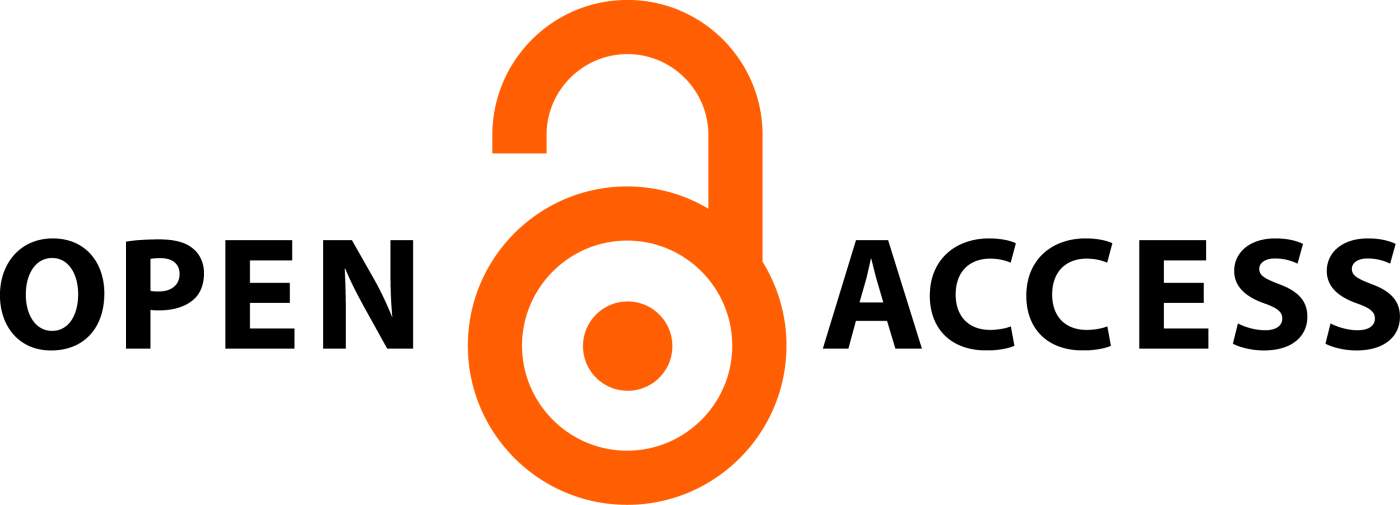MULTI - DIMENSIONAL ROLE OF A PHARMACIST IN HOSPITAL: A HEALTH CARE PROVIDER
Abstract
The objective of this study was to point out multi-dimensional role of a pharmacist with a special emphasis on the hospital pharmacist. A
pharmacist is a person who is involved in designing, creating or manufacturing of a drug product, dispensing of a drug, managing and planning of
a pharmaceutical care. They are experts on the action and uses of drugs, including their chemistry, pharmacology and formulation. The
professional life of a hospital pharmacist might seem insignificant as compared to that of doctors, but actually they are highly trained health
professionals who plays important role in patient safety, patient compliance, therapeutic monitoring and even in direct patient care. With the
passage of time and advancements in health care services and pharmaceuticals, the role of a hospital pharmacist has become more diversified. To
a career, a hospital pharmacist must possess a diploma/degree in pharmacy from an accredited pharmacy college and must be registered with the
state pharmacy council of their respective region. In this study, we have assessed the behavior, communication skills, qualifications of the
pharmacist, prescription handling ability and other factors to evaluate the diversified role of hospital pharmacist and their comparison with
pharmacists practicing in rural and urban areas. Current surveys show that the pharmacists are not practicing as per the standard due to lack of
proper guidelines and watch over their practicing sense. The rules and guidelines prescribed by the Food and drug administration (FDA) and
Indian pharmacopeia commission (IPC) were not followed by the pharmacist.
Downloads
All the articles published in JAPSR are distributed under a creative commons license (CC BY-NC-SA 4.0)
Under this license, you are free to:
- Share- copy and redistribute the material in any medium or format for any purpose, even commercially.
- Adapt- remix, transform, and build upon the material for any purpose, even commercially.
The licensor cannot revoke these freedoms as long as you follow the license terms.
- Attribution — You must give appropriate credit , provide a link to the license, and indicate if changes were made . You may do so in any reasonable manner, but not in any way that suggests the licensor endorses you or your use.
- NonCommercial — You may not use the material for commercial purposes .
- ShareAlike — If you remix, transform, or build upon the material, you must distribute your contributions under the same license as the original.
- No additional restrictions — You may not apply legal terms or technological measures that legally restrict others from doing anything the license permits.
Copyright policy
The journal allows the author(s) to hold the copyright of their work. That means the authors do not need to transfer the copyright of their work to the journal. However, the authors grant JAPSR a license to publish the article and identify itself as the original publisher.
Licensing policy
The journal allows the author(s) to hold the copyright of their work. That means the authors do not need to transfer the copyright of their work to the journal. However, the authors grant JAPSR a license to publish the article and identify itself as the original publisher.






